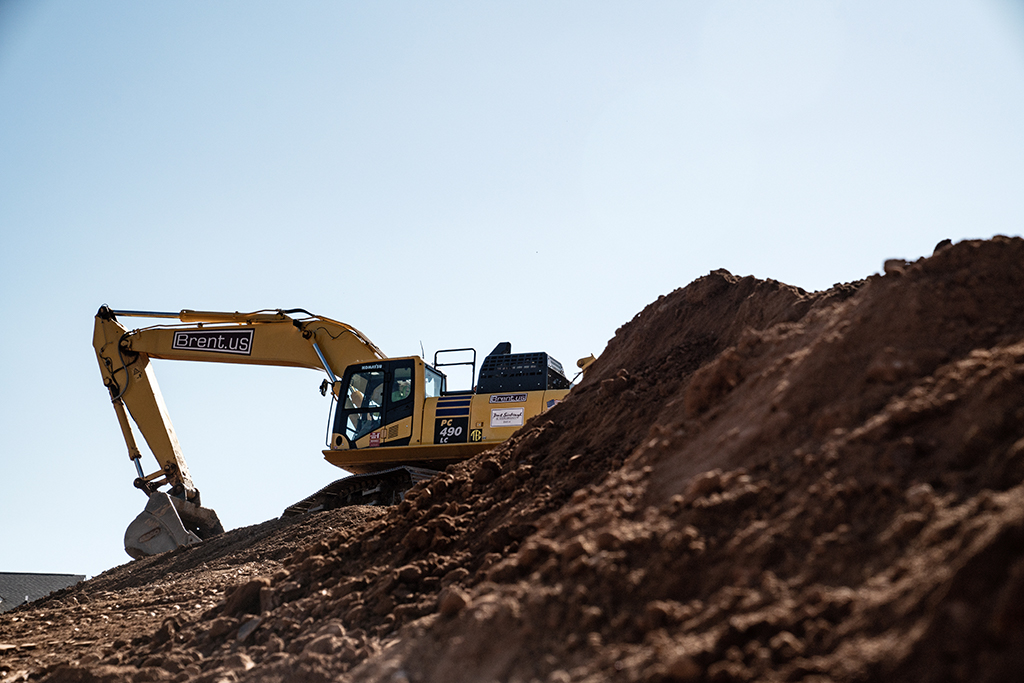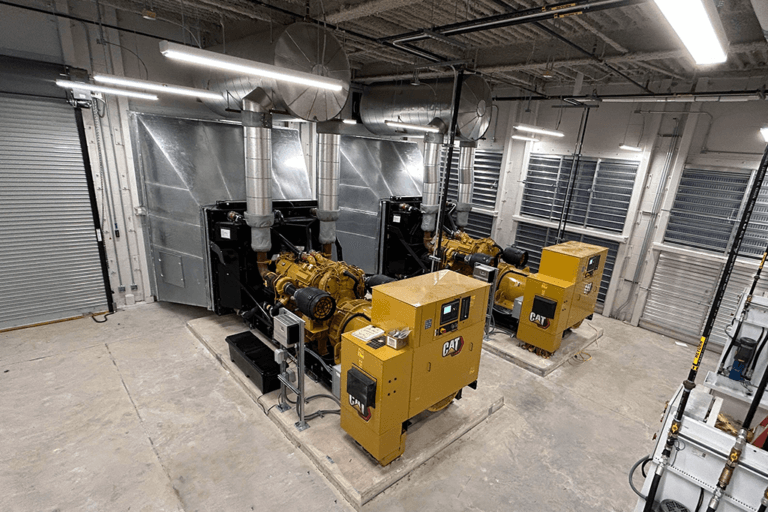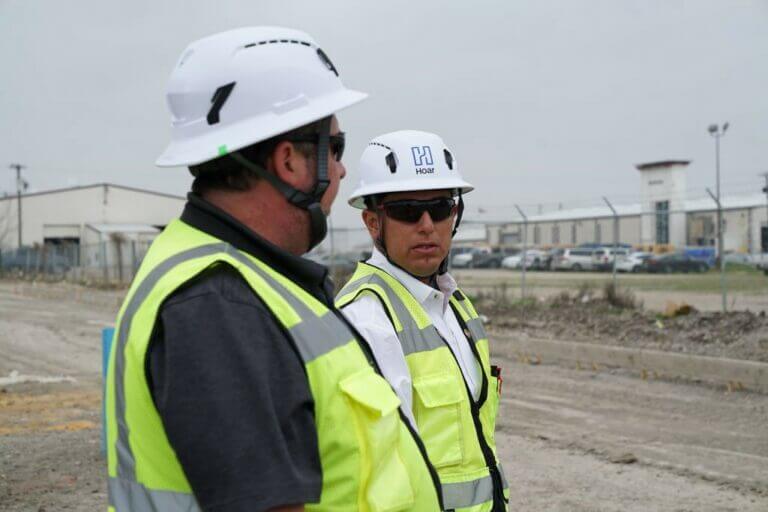
The construction industry added 110,000 new jobs in March. Although we’re still below where we were in February 2020, it’s a welcome sign of growth. Our own company is hiring across all divisions. That’s a reflection of an industry that has remained resilient and active despite significant challenges brought on by the pandemic. In the markets where we are actively building, we saw a drop in activity and a slowdown in the pipeline at the end of 2020, but not nearly as drastic as other parts of the country. If you visit Nashville or Birmingham or Charlotte, you’ll see the city’s downtown skylines littered with tower cranes — a sight sure to inspire any builder or developer. These are all facts that should make anyone in our industry feel confident in our ability to weather the pandemic as well as the outlook for the future. But there are still challenges our industry has to address to keep projects progressing and avoid costly delays — some are impacts from COVID-19 and some are challenges we faced long before the pandemic and are still battling.
Supply Chain and Price Surges
This has been the big story so far for our industry in 2021 as far as impacts from the pandemic. From the cost of materials to long lead times and procurement delays, we’ve seen impacts to several of the most commonly used materials on commercial projects. Last year, the cost of lumber shot up and surprised everyone. It has remained inflated because suppliers have not caught up with demand. At the beginning of this year, we experienced a price surge with steel as well as historically long lead times. Orders that would typically take 8 weeks to be delivered could take 20 weeks or more. I don’t expect the price of steel to drop anytime soon, in fact a recent survey reported steel market participants expect the price of finished steel to remain unchanged through September. Even more recently we heard from our drywall trade partners that they’re experiencing price increase in materials prices which is driving their labor price as well. We’ve seen price increases in glass, copper, major appliances, plumbing fixtures, ready mix concrete — the list goes on and on.
It’s proved impossible to predict which material will be impacted next, so owners need to lean on their general contractors and design teams to plan projects and finalize design documents as early as possible to secure trade partners and lock in prices whenever possible. We preach early contractor involvement a lot, but the challenges were experiencing right now with supply chains and material costs are a great example of how increased collaboration in the design phase can help overcome construction unpredictability. The sooner your team can price your project, hire trade partners, and order materials, the more control they have over your project’s budget and schedule.
Labor Shortage
The shortage of skilled labor has continued to be one of the biggest challenges plaguing our industry year after year. As I mentioned earlier, our industry did see some slowdown with projects being postponed or delayed due to the pandemic. Some in our industry expected the reduction in ongoing projects to offer some relief, if only temporarily, to the labor shortage — but that didn’t happen. Increased safety protocols, COVID-19 outbreaks, social distancing requirements all had an impact on project’s schedules which could account for skilled workers being attached to projects longer. A study done by the U.S. Chamber of Commerce on commercial construction during the first quarter of 2021 found that 85% of contractors report having moderate to high levels of difficulty finding skilled workers. That’s actually up from 83% in the fourth quarter of 2020. So, not only is the labor shortage not improving, it seems to be getting more dire.
Albert Einstein once said, “In the middle of difficulty lies opportunity.” Our industry is clearly facing difficulty both with hiring skilled workers and overcoming the ongoing supply chain delays and price surges — all of which pose a risk to the efficiency and success of all ongoing or scheduled projects. I think we now have an opportunity to use these difficulties to adapt and evolve as an industry in three main areas:
1. Preconstruction in the Design Phase:
Now is the time to move away from the traditional building delivery method, or the hand off of completed drawings from architect to builder. By embracing early contractor involvement in the design phase and applying in-depth preconstruction as the drawings are being developed, we can identify potential material price surges early and plan for supply delays with enough time to prevent them from impacting the schedule.
2. Construction Technology:
There’s a difference between using the latest technology just because it’s new and implementing the right tools to help projects run smoother and faster so owners can see returns on their investment sooner. From modular construction to Building Information Modeling to construction robotics — we’ve seen how technology can overcome labor shortage challenges and create value in schedules. Our industry has a reputation for being slow to embrace change and newer ways of doing things, but I think we all made strides over the last year by using technology to communicate faster and more conveniently with our clients, project teams, and design teams. Our healthcare teams even used virtual meeting platforms to successfully hold inspections, eliminating travel costs and saving time in the schedule. I’d like to challenge us all not to go back to the comfortable way of doing things and instead embrace technology and the immense value it can offer, when used right.
3. Talent Recruitment
Finally, our industry needs to diversify recruitment efforts. The facts I shared earlier prove there simply isn’t enough new talent entering the work force, so we have an opportunity and a duty to recruit from a wider, more diverse pool. How can we inspire more women to pursue a career in construction? A few of our own female employees offer some insight in this video. Military veterans in our company describe construction as a natural next step for people leaving the service, but say not enough direct recruitment is being done. According to the National Association of Minority Contractors, of the 160 million people earning a living in construction, just over 15% of that figure is represented by minority workers. The labor shortage threatens the success of our clients’ projects. The construction industry provides a great opportunity for career growth and as an industry we need to improve and diversify our recruitment efforts to ensure there is enough manpower to keep projects on schedule while maintaining the level of quality our clients expect.

